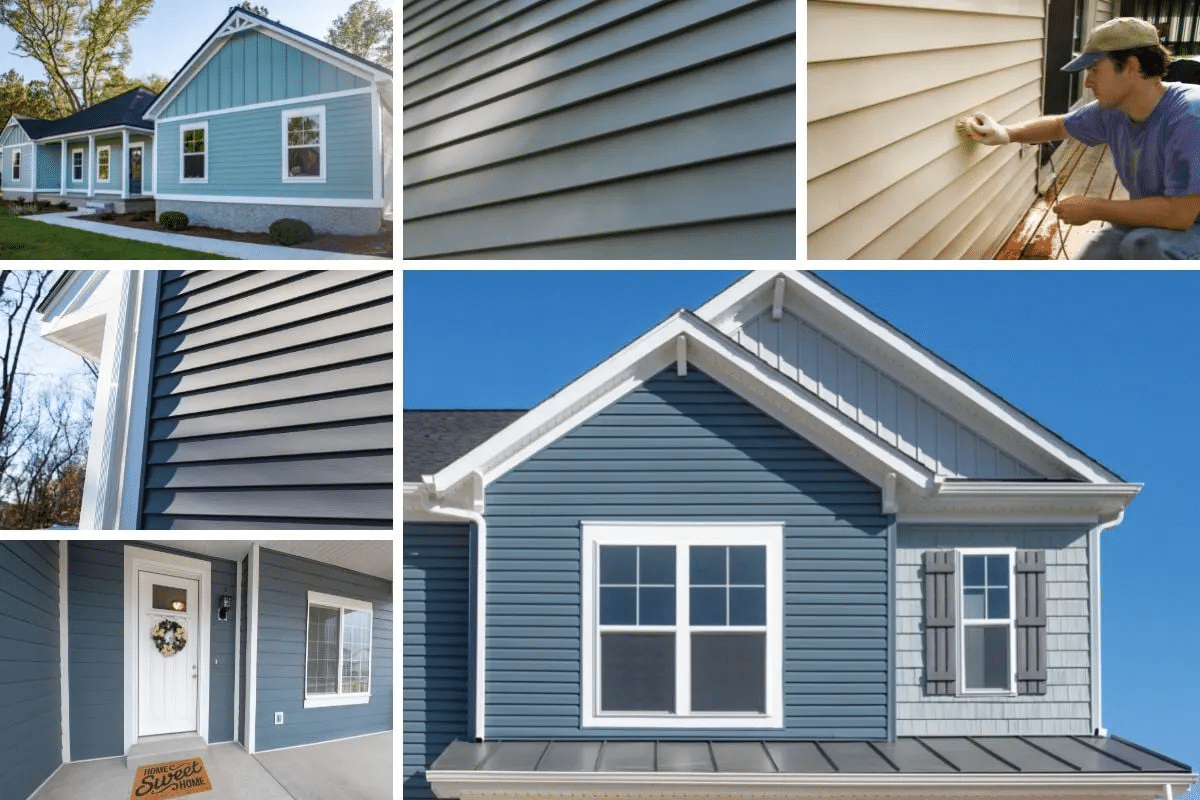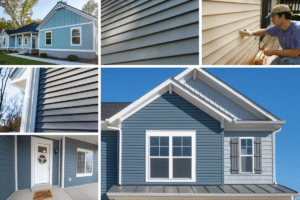When it comes to exterior home cladding, homeowners are faced with a multitude of choices. One of the key debates centers around vinyl siding and traditional cladding materials. Each option comes with its own set of pros and cons, making the decision-making process crucial in achieving the perfect blend of aesthetics, durability, and cost-effectiveness. In this guide, we will delve into the ultimate comparison between vinyl siding and traditional cladding to help you make an informed decision for your home.
Material & Appearance
Vinyl Siding: Vinyl siding is made from a type of plastic known as polyvinyl chloride (PVC). It is available in a wide array of colors, textures, and styles, mimicking the appearance of wood, stone, or other traditional materials. Modern advancements have even allowed for realistic textures that closely resemble natural materials.
Traditional Cladding: Traditional cladding options encompass a variety of materials such as wood, brick, stucco, and stone. Each has its unique aesthetic appeal, showcasing the distinct charm of the material used. However, maintenance needs and costs can vary significantly based on the material.
Durability & Maintenance
Vinyl Siding: Vinyl siding is known for its durability and resilience against the elements. It doesn’t rot, warp, or corrode, and is highly resistant to pests. Moreover, it requires minimal maintenance – occasional cleaning with a power washer or mild detergent is typically all that’s needed to keep it looking fresh.
Traditional Cladding: The durability of traditional cladding depends on the material used. While materials like brick and stone tend to be highly durable and require minimal maintenance, others like wood can be more susceptible to weather damage and insect infestation, necessitating regular maintenance and potential repairs.
Cost
Vinyl Siding: Vinyl siding is generally more affordable than most traditional cladding materials. The cost varies based on factors like quality, style, and installation complexity. However, it tends to be budget-friendly both in terms of material and installation costs.
Traditional Cladding: The cost of traditional cladding can vary widely based on the material chosen. Stone and brick tend to be on the higher end of the cost spectrum, while wood and stucco can also be pricey. Installation costs may also be higher due to the expertise and labor required.
Installation
Vinyl Siding: Vinyl siding is relatively easy and quick to install, making it a popular choice for homeowners looking for a hassle-free cladding installation. Professionals can complete the installation efficiently, minimizing disruption.
Traditional Cladding: The installation of traditional cladding materials often requires skilled labor and more time. The complexity and expertise needed can extend the installation process, potentially leading to increased costs.
In the vinyl siding vs. traditional cladding debate, the “better” choice depends on your priorities and budget. Vinyl siding offers a cost-effective, low-maintenance, and diverse aesthetic range. On the other hand, traditional cladding materials like wood, stone, or brick provide a timeless and authentic look, though they may require higher maintenance and initial investment. Consider your preferences, budget, and long-term goals for your home’s exterior to make the best decision for your needs. Ultimately, both options can result in a stunning exterior that enhances your home’s curb appeal.
Ready to elevate your home? Visit Premier Roofing now and get a quote today.
Website: www.premierroofsct.com
Call Us: +1-860-866-6067


